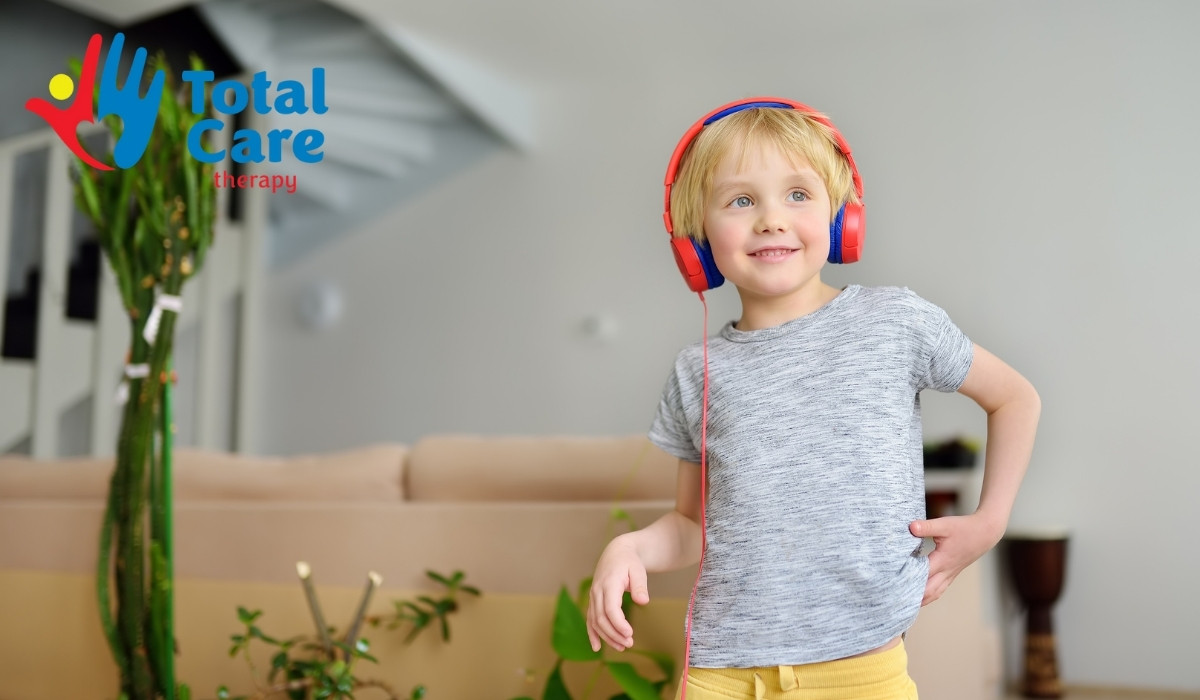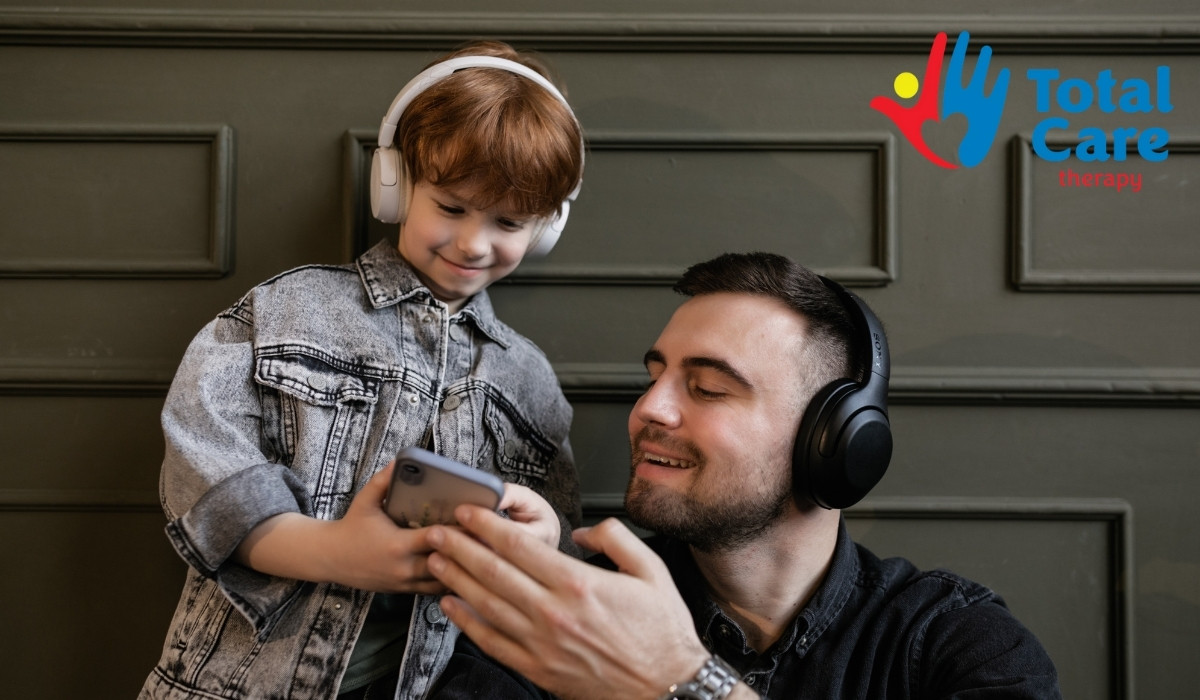Sound Sensitivity in Autism: 10 Coping Techniques for Kids
Sound sensitivity in autism can lead to meltdowns—here are 10 sensory-friendly techniques to help your child cope with loud or unexpected noise.
Sound Sensitivity in Autism: 10 Coping Techniques for Kids
Key Points:
- Sound sensitivity in autism can cause distress and affect daily functioning.
- Coping strategies must be personalized and practical to support emotional regulation.
- ABA therapy can be a powerful tool to manage sensory challenges and improve quality of life.
Sound sensitivity in autism is more than just a dislike for loud noises—it’s a real, often overwhelming experience that can cause meltdowns, avoidance behaviors, and even physical discomfort. Many parents describe it as their child “shutting down” in loud environments or becoming hyper-alert in response to everyday sounds.
For kids on the spectrum, their brains may process auditory input differently. That buzzing light in the classroom? It might sound like a jackhammer. The echo in the gym? Like a train station. Sound sensitivity in autism isn’t just about volume—it’s about unpredictability, control, and intensity.
In this article, we’ll walk through 10 detailed coping techniques to help your child navigate a noisy world—and feel safer and more in control. These aren’t just general tips, but practical strategies that can be adjusted to suit your child’s specific needs.
Create a Personal Sound Sanctuary
Children who are sound-sensitive need a designated “safe space” at home or school. This should be a low-stimulation area where they can retreat when overwhelmed.
What helps:
- Soft textures, calming lighting, and minimal clutter.
- Noise-canceling headphones or earplugs nearby.
- Access to comfort items like weighted blankets or fidget tools.
Establishing this zone gives your child a sense of control. Over time, just knowing it’s available can lower their anxiety in noisy environments.
Use Noise-Canceling Headphones Strategically
Headphones aren’t just for loud concerts—they're essential tools for many autistic kids navigating public spaces. But using them wisely is key.
How to implement:
- Use them proactively, not reactively. For example, before entering a grocery store or during fire drills.
- Encourage your child to choose when to wear them—this supports autonomy.
- Avoid overuse. Total sound blocking all day can delay desensitization and social awareness.
With guided use, headphones can buffer sound sensitivity in autism without cutting your child off from meaningful experiences.
Gradual Sound Desensitization
Sound desensitization is a slow, controlled exposure to specific sounds over time. ABA therapists often use this strategy to reduce sensory avoidance.
Here’s how it can look at home:
- Play recordings of distressing sounds (e.g., vacuum, blender) at a very low volume.
- Pair it with something enjoyable—like a favorite toy or snack.
- Slowly increase volume across days or weeks.
This process, rooted in ABA techniques, helps the brain adjust without panic. Over time, the emotional reaction to the sound can significantly decrease.
Teach a “Sound Safety Plan”
Kids feel more secure when they know what to do in overwhelming situations. A “Sound Safety Plan” is like a mini escape plan for noise-related stress.
Build the plan together:
- Identify triggers (e.g., loudspeaker announcements).
- Establish a signal the child can use to indicate distress.
- Define steps—like covering ears, asking for headphones, or leaving the room.
Role-play these steps often. Having a rehearsed plan reinforces your child’s confidence and independence.
Incorporate Sensory Diet Activities
A sensory diet is a customized plan of physical activities that help regulate the nervous system. When a child is overstimulated by sound, grounding their body can help reset their system.
Some regulating activities:
- Heavy work (e.g., carrying books, pushing laundry baskets).
- Swinging or jumping on a trampoline.
- Chewing resistance tools (like chewable necklaces).
These actions provide proprioceptive input—deep pressure or movement that helps “organize” the sensory system and reduce auditory reactivity.

Use Visual Schedules and Warnings
Unexpected sounds are often more distressing than loud ones. That’s why using visual supports is key to preparing your child for potential triggers.
What works well:
- Visual schedules with sound icons (e.g., a bell before recess).
- Countdown timers before noisy transitions.
- Social stories explaining what to expect during loud events.
Predictability reduces fear. When a child knows when a sound will happen and why, they often handle it with more resilience.
Adjust the Environment Whenever Possible
You can’t soundproof the world, but small environmental tweaks can make a big difference for kids with sound sensitivity in autism.
Consider the following:
- Use rugs and curtains to absorb sound.
- Avoid fluorescent lights, which often hum.
- Choose quiet appliances and toys when possible.
At school, collaborate with teachers to seat your child away from noisy doors or vents. It’s often the small, ongoing irritations that cause the most emotional wear.
Practice Coping Scripts and Communication Skills
Many kids with autism struggle to articulate distress, especially when overwhelmed. Teaching “coping scripts” can give them the words they need to ask for help or express discomfort.
Some simple examples:
- “It’s too loud. I need a break.”
- “Can I wear my headphones?”
- “Please stop the noise.”
These scripts can be taught through role-play, visuals, or even sign language if verbal speech is delayed. ABA therapy often incorporates this as part of functional communication training.

Introduce Calming Auditory Input
Sometimes, it’s not about eliminating noise but replacing it. Introducing calming sounds can help mask unpredictable or distressing noise and provide a soothing effect.
Ideas to try:
- White noise machines during bedtime.
- Soft instrumental music during homework.
- Nature sound playlists with gentle rain or ocean waves.
The goal is to create an audio “cushion” that shields your child from jarring noise while still engaging their auditory system in a positive way.
Work with an ABA Therapist for Individualized Strategies
Every child with autism experiences sound sensitivity differently. What works for one child may not work for another. That’s where ABA therapy can be so effective—it allows for personalized interventions based on observation and data.
An ABA therapist can:
- Identify triggers and patterns in your child’s sound responses.
- Develop step-by-step desensitization plans.
- Teach communication and coping skills through play-based learning.
- Work with schools and caregivers for consistent support.
At Total Care ABA, we help families navigate sensory challenges like sound sensitivity in autism with structured, compassionate care. Whether your child is struggling with meltdowns in public spaces or avoiding classroom activities, our team tailors each plan to their unique profile.
Supporting Families Through Sound Sensitivity in Autism
Helping your child manage sound sensitivity is not about eliminating every noise. It’s about building their tolerance, teaching them tools to cope, and reducing their fear. When kids have predictable routines, supportive adults, and personalized coping strategies, they don’t just survive noisy environments—they learn how to navigate them.
If your child is struggling with sound sensitivity in autism, consider ABA therapy in Arizona, Maine, Georgia, Utah, Indiana, North Carolina, New Mexico, and Tennessee as part of your support plan. At Total Care ABA, we work with families across these states to provide structured, individualized care grounded in evidence-based techniques.
Let’s work together to build your child’s confidence—one sound at a time. Contact us today to learn how ABA therapy can help your family.








